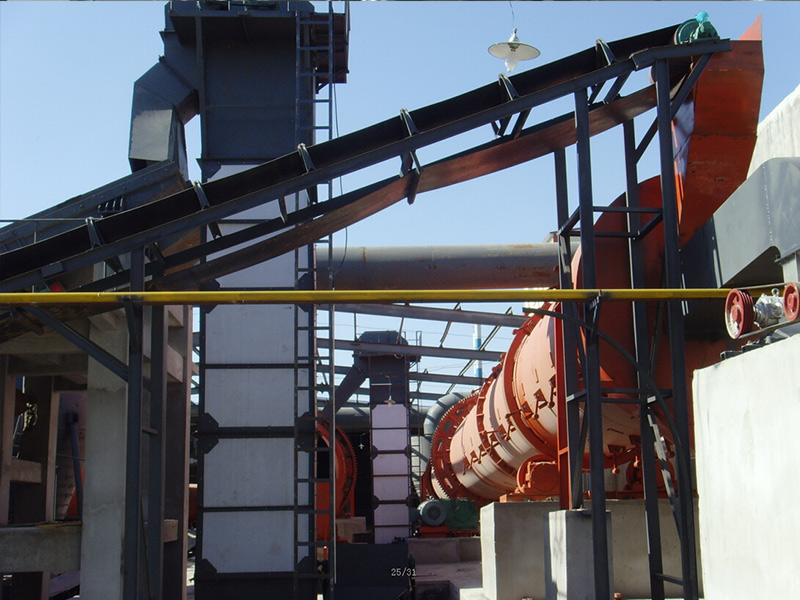
This production line is divided into eight processes, namely: ingredients, mixing and crushing, granulation, drying, cooling, screening, coating, and packaging.
Process characteristics
Mature production technology, stable equipment operation, and high production efficiency.
Low investment cost, good production effect, convenient operation and maintenance, and also conducive to the secondary production transformation of the production line.
The production of raw materials is extensive, and the production formula is easy to operate, used for producing high, medium, and low concentration compound fertilizers.
The quality indicators of the products in this process meet the requirements of GB15063-2001 National Standard for Inorganic Composite Fertilizer; At the same time, the discharge of exhaust gas and wastewater meets national quality requirements.
Description of production process flow
Urea, ammonium sulfate, MAP, DAP, potassium sulfate, superphosphate, and other N, P, K infinite raw materials and binders are measured (the raw materials for particles need to be crushed with a crusher), and then enter the mixing program. The evenly mixed materials are transported to the granulator.
After granulation, although the particles have already formed, the moisture content of the particles is too high to meet the requirements of uniform packaging speed. The material is transported to a rotary dryer for drying.
The temperature of the dried particles is too high, and then they are cooled by a rotary cooling machine to further enhance the strength of the high particles and reduce moisture.
After cooling, the particles are sieved through coarse and fine screens, and large particles and fine powder are screened out to obtain the finished product. The large particle return material is returned to the granulator together with the fine powder under the fine screen after passing through the return crusher, and then participates in the granulation process again.
After heating and melting the anti caking agent (or anti caking powder) in a certain ratio, use a metering pump to apply quantitative pressure and spray it onto the surface of the particles with a spray nozzle, forming a thin film to prevent fertilizer from coming into contact with air and preventing caking.
The coated particles are transported to an automatic quantitative packaging scale for packaging and storage.










